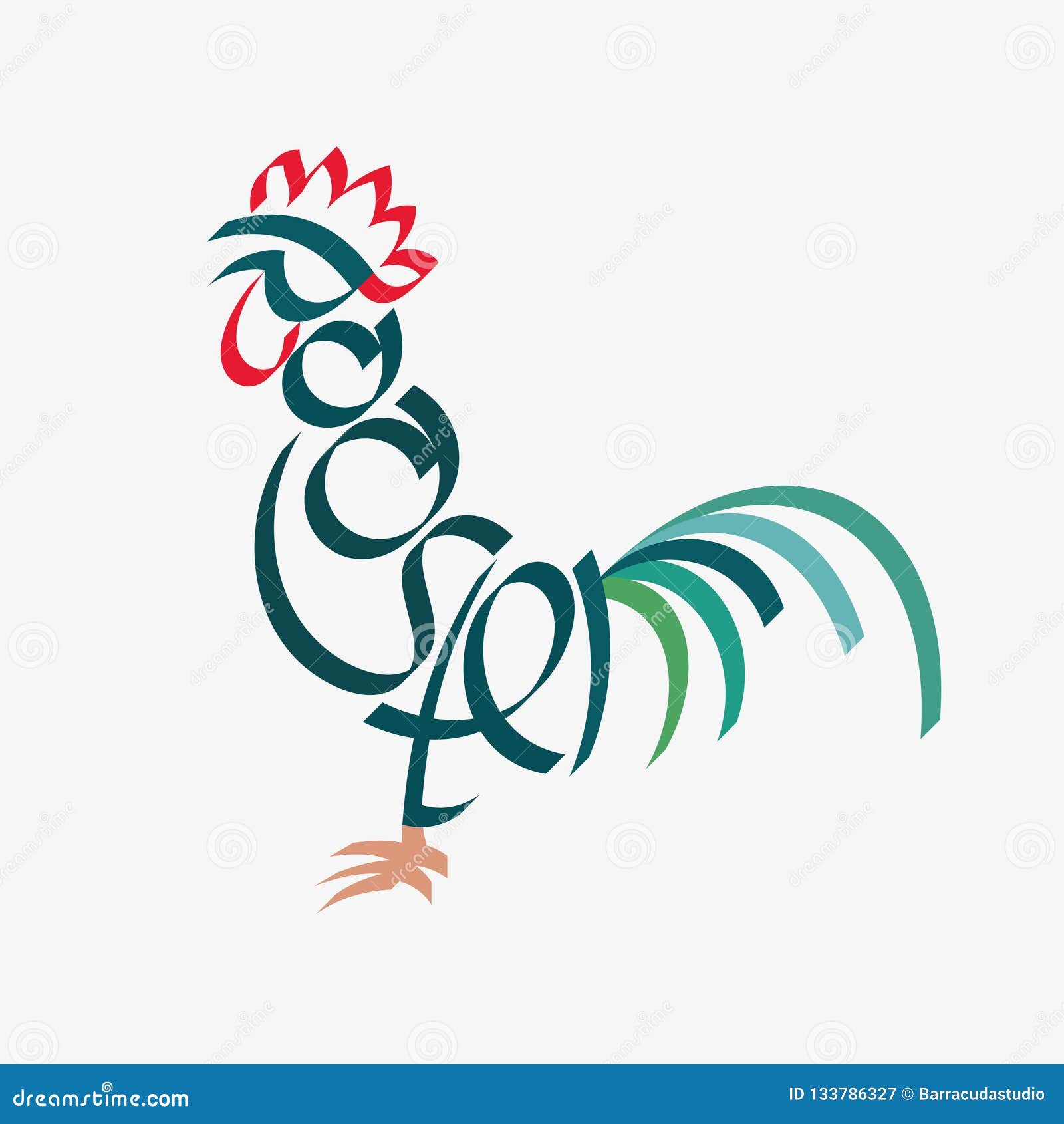Words like bed, eyes, and shark. Is there a term for these? Any more examples?
In Hebrew (but only with cursive letters) the word elephant, “pil” פיל, can be drawn to look like an elephant’s head.
If you give up the requirement for an alphabet, you have discovered pictographic writing! (e.g. old Sumerian, Chinese, Egyptian, etc.)
Otherwise, there is a whole genre of zoomorphic calligraphy:

I get bed, and possibly eyes, but not shark.
Looks like a shark swimming left to me. The “h” is the front dorsal fin. The top of the “k” can be a rear dorsal fin and the chevron part of the “k” is the tail. All these are kind of a stretch to me, but I can see it.
BOOBS
(ducks and runs)
True story; a co-worker shared a photo of the sign to the women’s clinic/mammography clinic at a hospital they were visiting. It was located in Suite 800B.
This reminded me of a strong memory from when I was quite young.
I observed that to my eye, the word ugly looked, well, ugly.
It has a peculiarly nasty set of broken symmetries, and seemed to exactly exemplify its meaning.
As to whether there is a word for this, I would be amused to know.
My mother complained about my 1st grade teacher telling us that the word ‘look’ could be remembered because it looked like a pair of eyeglasses instead of concentrating on teaching phonics.
That’s the one I remember but she did do that with other words too, possibly ‘eyes’.
The Arabic script presents lots of opportunities for this kind of thing. Here are some beautiful examples:
Designer Creates Arabic Illustrated Words that Show Their Literal Meaning (mymodernmet.com)
Not a word, but there’s a little man living inside your digital clock and twice a day at one minute past ten he spies on you:
I O:O I
“Self-descriptive.”
The opposite of which, naturally, is “non-self-descriptive.”
Which itself is - oh no I’ve gone cross-eyed.
Para||el.
elongated
bit
The word ‘four’ is a collection of four different things. The word ‘up’ and the abbreviation ‘dn’ illustrate their relationship jointly in that one is the upside-down (well, rotated rather than flipped) version of the other. (And if we think of the vertical bar in each as a sort of pole, ‘up’ it up the pole, ‘dn’ slid down.)
And a little differently, the word ‘queue’ tells you how queues work: all the action is in the front, on the first letter, while all the others just line up silently behind it. But here, it’s rather the pronunciation that resembles the thing denoted, or perhaps the combination of pronunciation and spelling.
I don’t think these are exactly examples of autological terms; in those, it’s the meaning, rather than the form, that is self-referential, although that meaning may refer to characteristics of the form, as with ‘polysyllabic’.
And then there’s the meme’d beachside sign instructing people about what to do if they see someone in distress in the water, with a stylized symbol of a drowning person on it:
If you see someone drowning
| o |
Dial 911
Which of course looks like it says “If you see someone drowning, laugh out loud, then dial 911”
From Wikipedia, “An autological word (or homological word) expresses a property that it also possesses. For example the word “pentasyllabic” has five syllables, the word “writable” is writable, and the word “English” is in English.”
Very neat. Too bad it would be terrible to use in situations where you wanted to ensure the true up label is pointing up.
“eyes” doesn’t look like real eyes to me, in Spanish though, “ojo” looks exactly like 2 eyes divided by a nose. (but it means only one eye, “ojos” the plural is not so perfectly matching)
Someone else needs to call 911 because I can’t stop lol-ing.